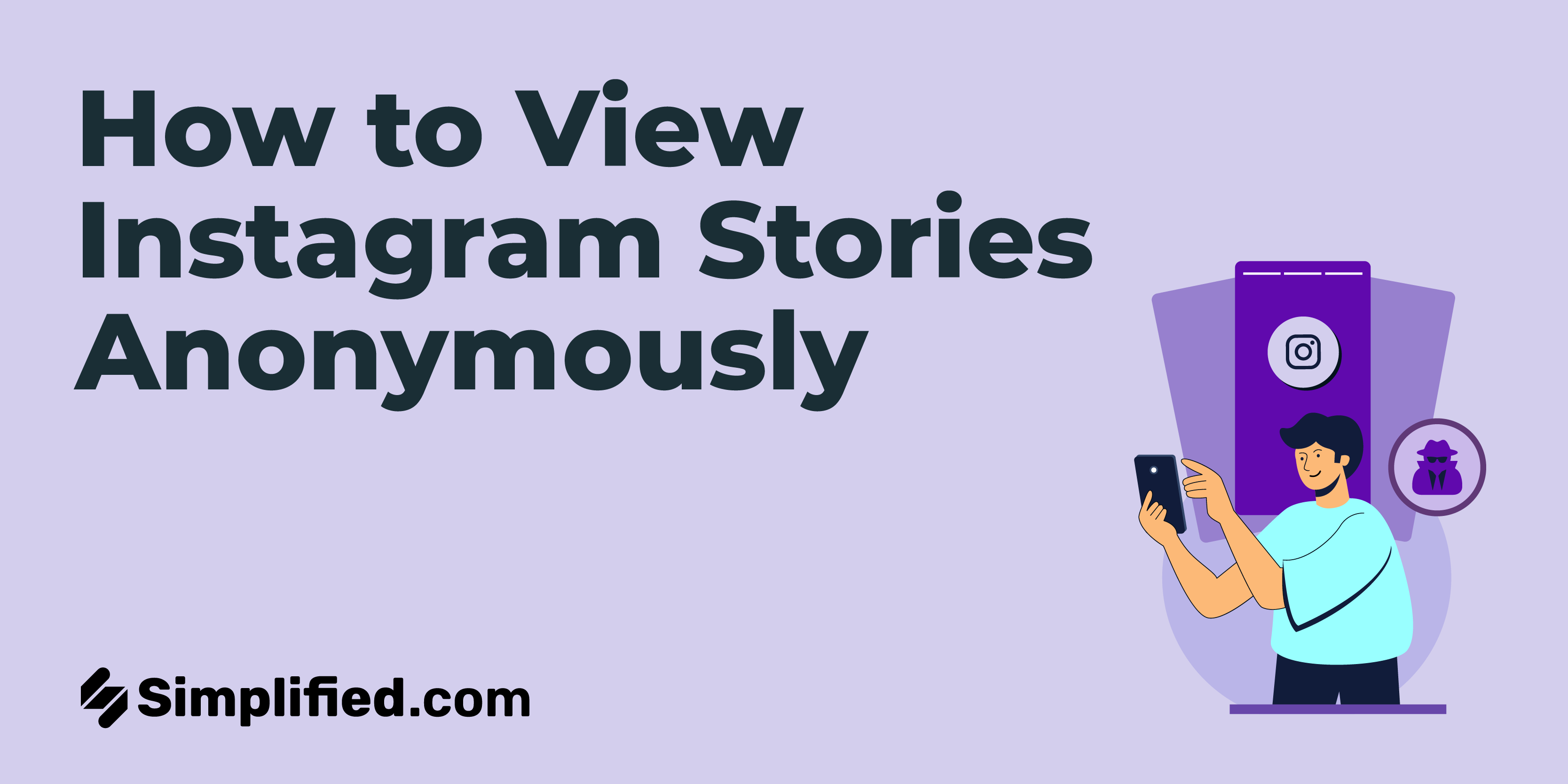What do you mean by Multi-Channel Atrribution?
Multi-channel attribution refers to the process of determining the marketing channels that contribute to customer conversions throughout their journey.
In today's digital landscape, customers engage with companies through various touchpoints such as social media channels, search engines, and backlinks. By understanding multi-channel attribution, businesses can identify which marketing campaigns are most effective in driving conversions.
A multi-attribution model assists marketers in allocating their marketing budget by considering successful consumer interactions.
Advantages of multi-channel attribution
Customer journeys are often complex and involve multiple stages. It is not always a straightforward path from seeing an ad to making a purchase in a single visit. By comprehending the role of each touchpoint in driving conversions, businesses can optimize their marketing campaigns for better outcomes.
Multi-channel attribution assigns value to each touchpoint in the buyer journey, enabling businesses to design their ideal conversion strategy. For example, if customers visit a Facebook page three times before converting, but only visit an Instagram page once, it indicates that customers use Facebook for more brand research.
Multi-channel attribution in Google Analytics
Many businesses use Google Analytics to track their multi-channel attribution data. Google provides several attribution models, including:
- Last interaction: 100% of the conversion value is attributed to the last channel the visitor interacted with.
- Last non-direct click: 100% of the conversion value is attributed to the last channel clicked on, excluding direct sessions.
- Last Google Ads click: Focuses on the value of the most recent Google ad clicked before conversion.
- First interaction: 100% of the conversion is attributed to the first channel the customer interacted with, such as a social page or Google ad.
- Linear: Equal attribution is given to each customer interaction with the company on the path to conversion.
- Time decay: Additional value is given to touchpoints closer to the conversion in terms of time.
Determining the best multi-channel attribution model
Linear and time decay models offer businesses deeper insights into the complete customer buying cycle. These models provide more information about customer behavior before making a purchase. Other attribution models offered by Google focus on a single channel or interaction and are not specifically designed for multi-attribution conversion analysis.
The choice of attribution model depends on various factors, such as the scope of marketing campaigns and the channels used to engage with customers. If deciding between models like linear or time decay, consider the importance of time in your conversions. Companies with longer sales cycles may benefit from the time decay model, as interactions closer to the conversion may have a greater impact on the purchasing decision. This is particularly relevant for those investing in sales enablement.
.webp)













